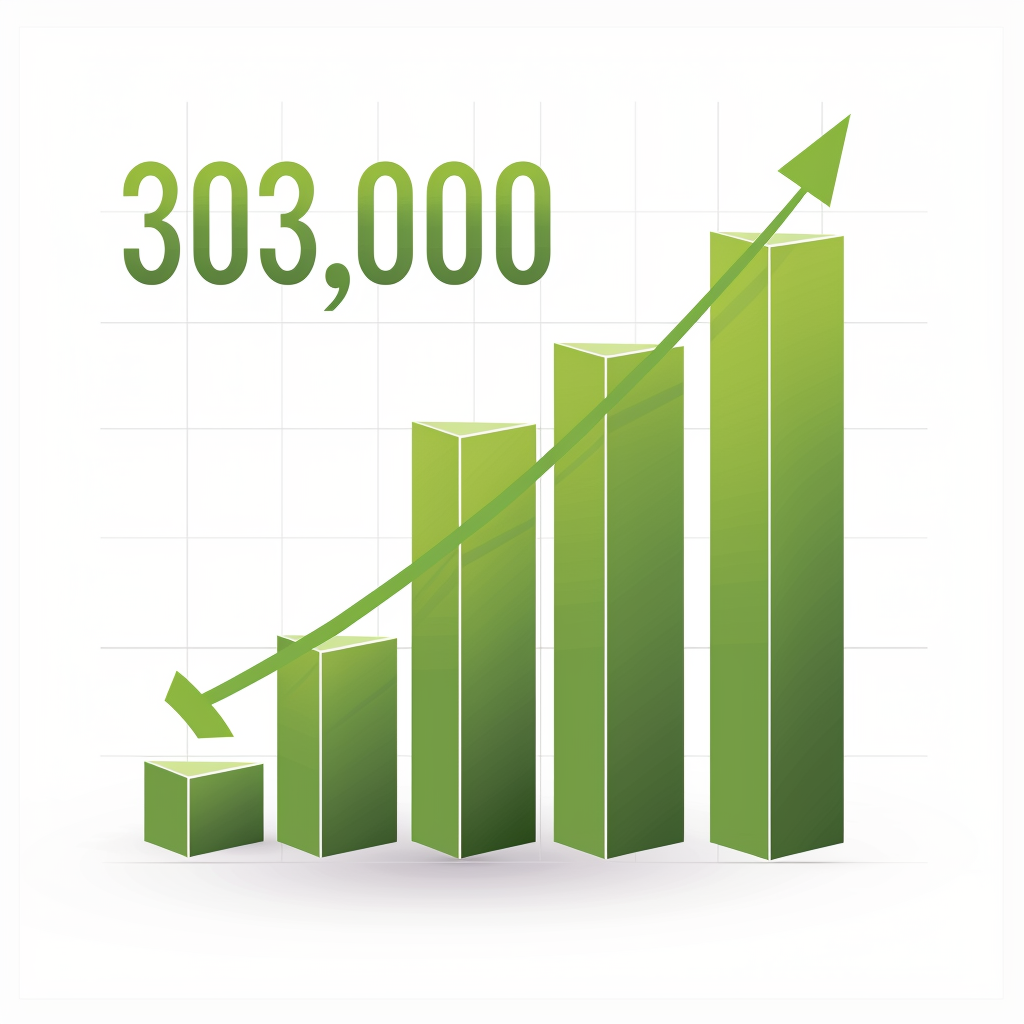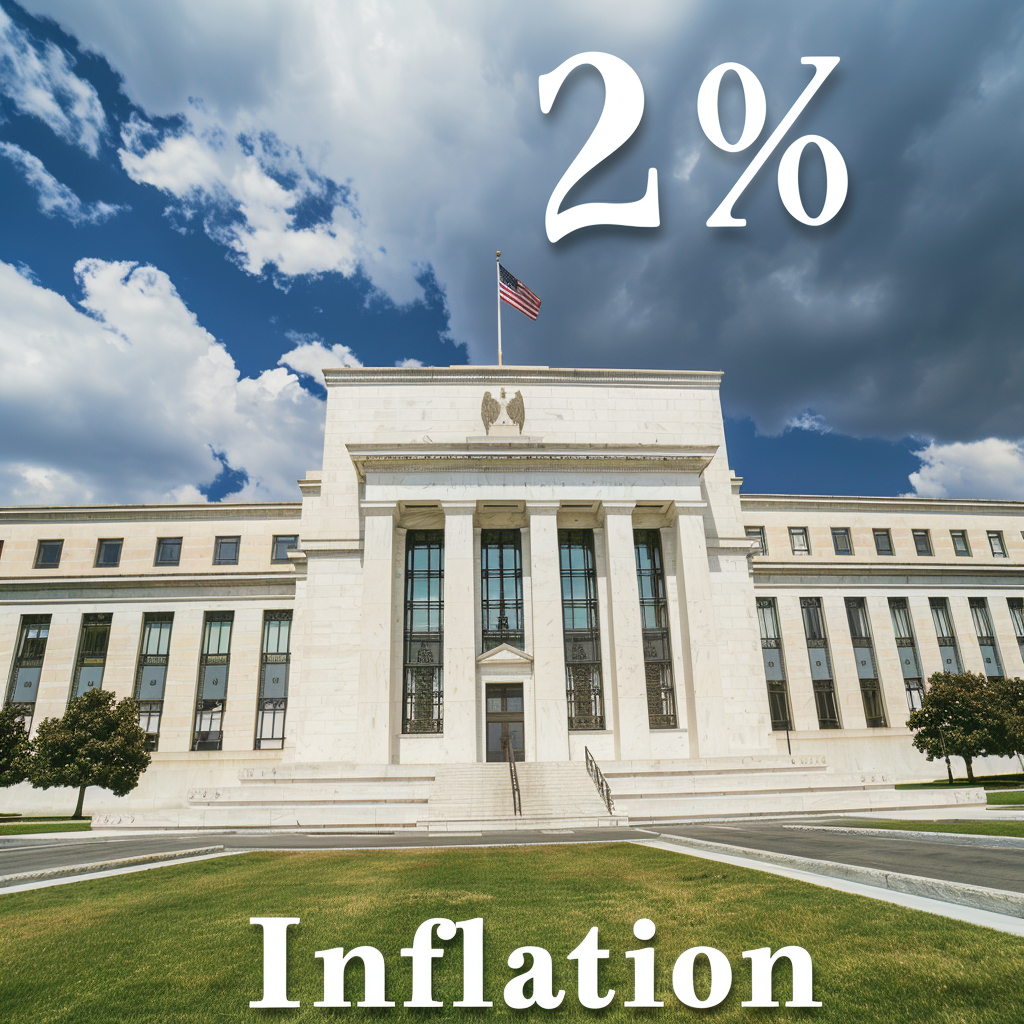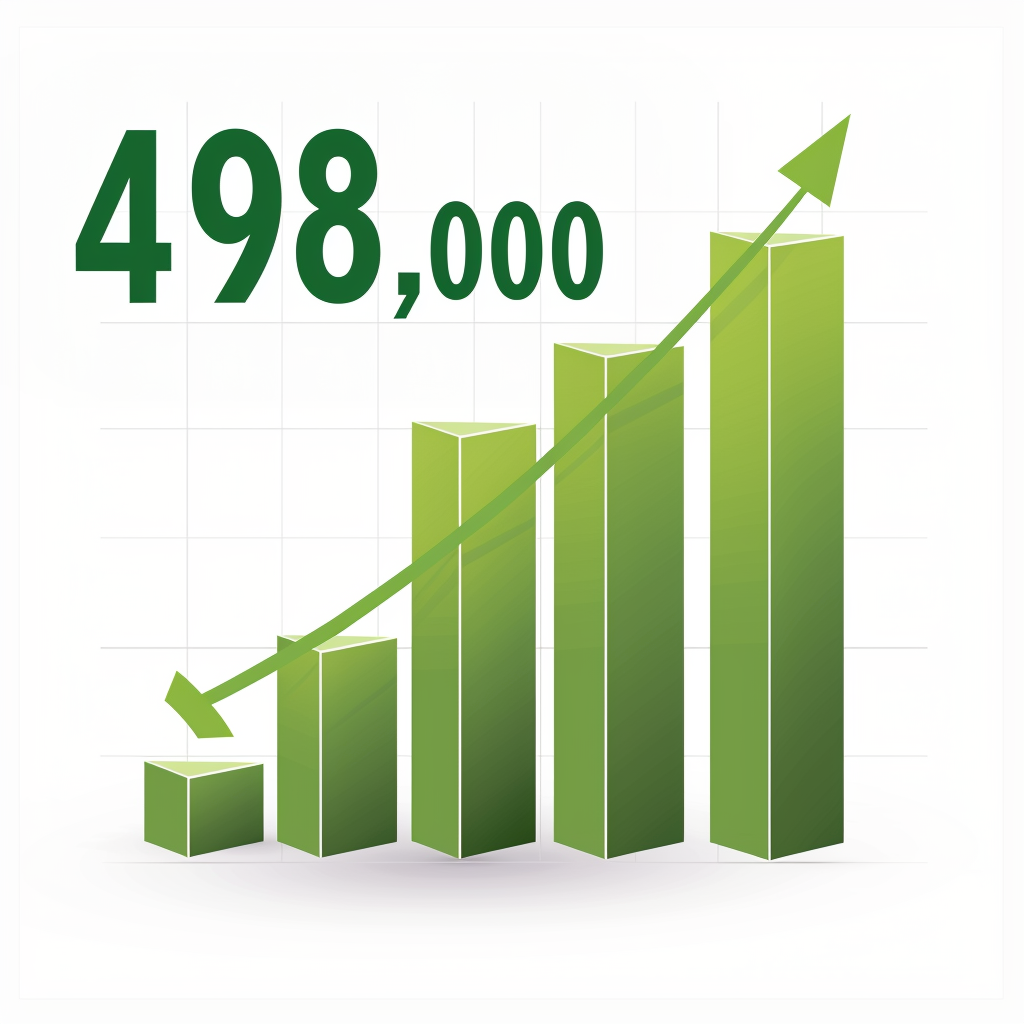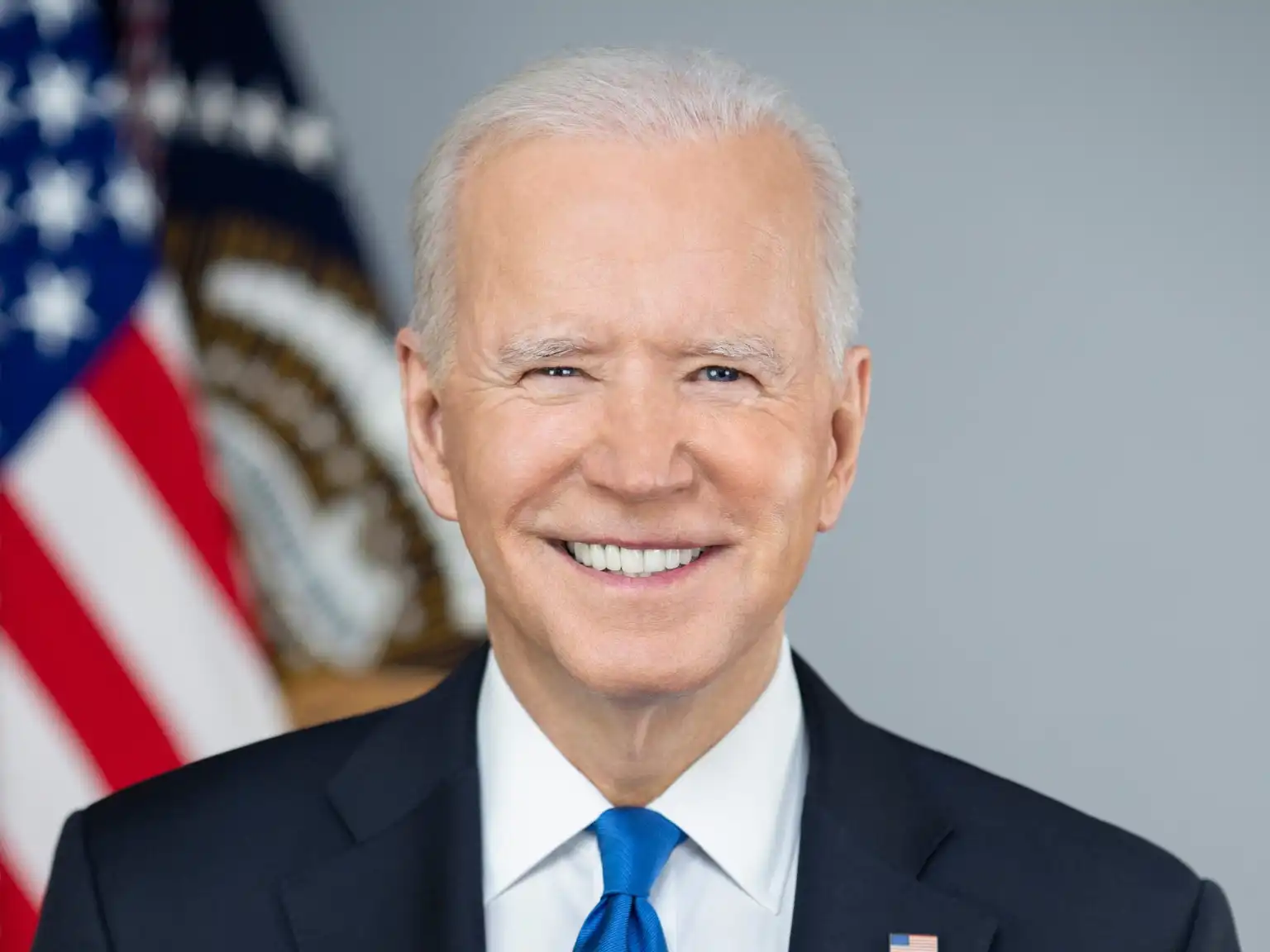The U.S. labor market delivered a strong performance in March with job growth exceeding expectations and wages remaining steady, suggesting that the economy ended the first quarter on solid ground and potentially delaying anticipated Federal Reserve interest rate cuts this year.

According to the Labor Department’s employment report released on Friday, nonfarm payrolls increased by 303,000 jobs last month, marking a significant improvement from economists’ forecast of 200,000 new jobs. The unemployment rate dropped to 3.8%, down from February’s 3.9%.

The economy added an impressive 59.4% of industries in employment growth last month, easing concerns that job gains were concentrated in just a few sectors. Industries sensitive to interest rates, such as construction and financial activities, saw increased hiring as borrowing costs eased.

The healthcare sector led the broad increase in employment, adding 72,000 jobs. Government payrolls also rose by 71,000 jobs due to local and federal hiring.

Despite the strong job growth, wage increases remained moderate, with average hourly earnings increasing by only 0.3% in March after gaining 0.2% in February. However, wages were up 4.1% on a year-on-year basis, the smallest gain since June 2021. Economists believe that wage growth within the range of 3% to 3.5% is consistent with the Fed’s 2% inflation target.

The Federal Reserve has kept its policy rate at the current 5.25%-5.50% range since last July, and financial markets saw two rate cuts this year following the employment report. Economists believe that the Fed may now consider fewer rate cuts in 2024 rather than the three rate cuts expected earlier this year.

The economy’s robust household employment rebounded by 498,000 jobs after declining for three straight months. The two surveys used to measure employment growth had diverged sharply in recent months due to an increase in labor supply through immigration that was not yet being captured in the household survey.
However, researchers at the Brookings Institution suggest that the labor market could accommodate employment growth of 160,000 to 230,000 per month without adding pressure on wages and price inflation.
The labor force participation rate rose to a four-month high of 62.7%, while the employment-to-population ratio climbed to a four-month high of 60.3%. Nick Bunker, economic research director for North America at Indeed Hiring Lab, stated, “The job market has plenty of gas in the tank in terms of demand, and also has room to run in terms of worker supply – that’s a good thing for all of us.”





